How much can you save by buying the last iPhone?
See how you can save by buying the last iPhone model.
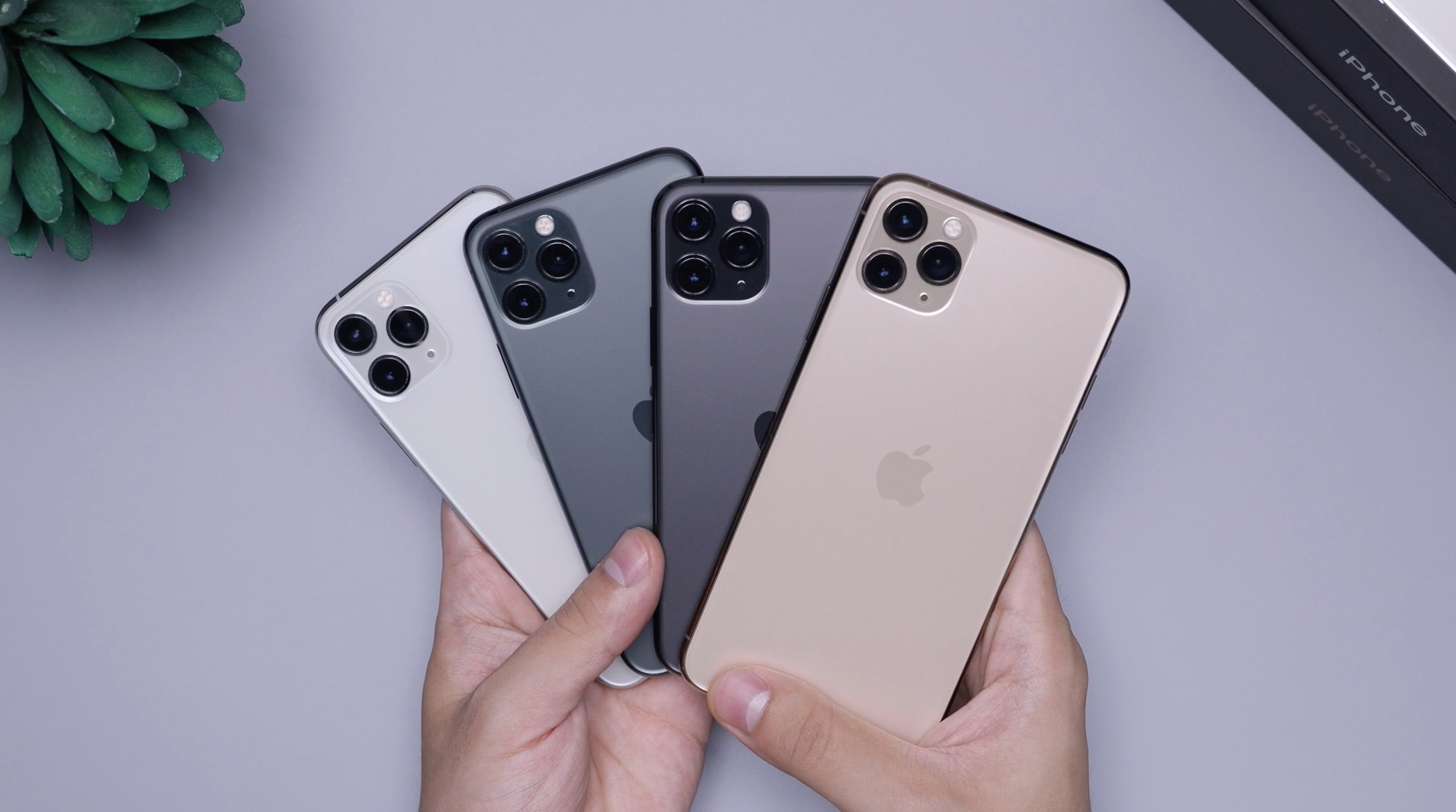

Buying a smartphone can be an expensive affair, especially if you’re a fan of the newest Apple devices. It’s no surprise you’ll pay the highest prices for the latest iPhones, but how much could opting for an older model save you when it’s finally time to upgrade?
iPhones are some of the most popular devices in the world: there are more than 1.46 billion iPhone users globally, with over 2.32 billion units sold. The iPhone held 18% of the market share in the global smartphone industry in Q1 of 2022, and iPhones are so popular that 97.7 million of them sold in the first 6 months of 2023 alone.
Apple devices are popular in the UK, too. In 2020, 87% of the UK population owned a smartphone – that’s a whopping 58 million people. By July 2022, Apple contributed over 50% of UK mobile phone sales, more than any other company on the market. In September 2022, a survey of over 2,000 UK mobile phone users over the age of 16 found that Apple was the most popular mobile brand, with 44.18% of respondents owning an Apple smartphone. Based on this data, at least 25.6 million people in the UK own an iPhone – that’s almost 3 times the population of London.
Back in July 2020, the top Apple phones by sales were the iPhone 11 and iPhone SE 2020, which made up around 25% of overall smartphone sales that year. In the last 3 months of 2021, the newer iPhone 12 Pro took the top spot, although the iPhone 12 Mini was close behind. The iPhone Mini series has remained Apple’s most affordable handsets since 2016, making them a popular choice with customers who want Apple tech without paying top prices.
How much is an iPhone?
Given the wide range of models available (38 iPhone models have been released to date) and the huge number of different retailers that sell them, working out exactly how much an iPhone will cost you is difficult. Each model comes in at a different price point, and specifications like storage size and colour can also affect the price.
iPhones can be particularly expensive when compared to competing handsets, with their usual prices sitting significantly above the average price of a smartphone. In 2021, smartphones sold for an average of around £275 (£30 up from 2016’s prices). The iPhone 14, meanwhile, launched at £849 – almost 4 times this figure.
Let’s put this into context: the Office for National Statistics reported that the median weekly pay for a full-time UK employee in 2023 was £603. With this in mind, a typical Brit will need to save 2.7% of their yearly salary to buy an iPhone 14. The picture gets worse if you’re on minimum wage. National Minimum Wage in the UK sits at £10.42, meaning you'll need to work 82 hours to afford one of the handsets. That's just over 10 8-hour days - more than two weeks’ worth of full-time wages.
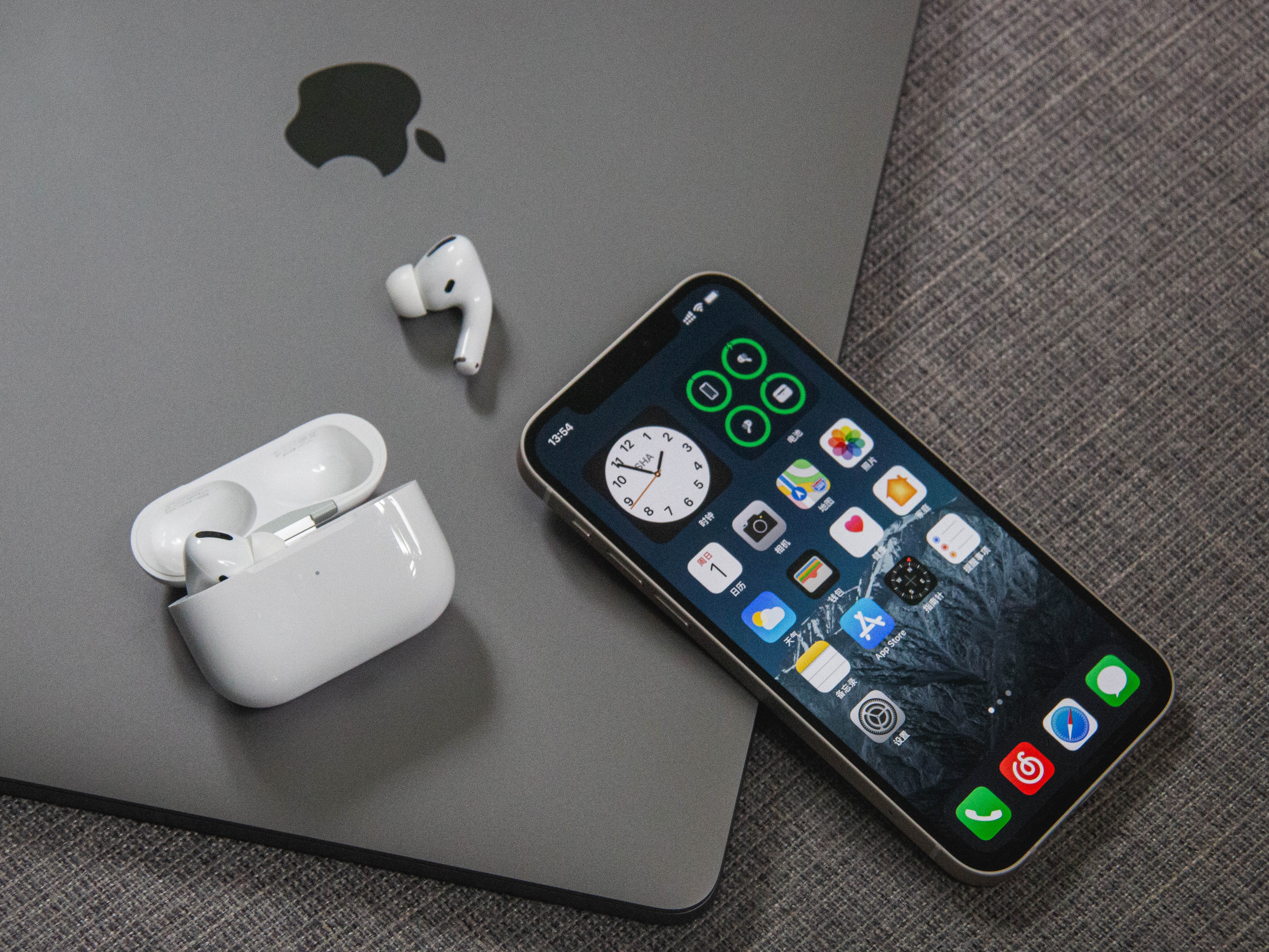
How much cheaper are older iPhone models?
Unsurprisingly, the best way to pay less for an iPhone is to avoid buying the newest model. It’s common knowledge that older models tend to come down in price when newer devices are announced, and then again when they are released. For example, the iPhone 12 with 128GB of storage sold for £619.99 on the day of the iPhone 13 release (Sept 2021), then fell three weeks later by approximately 10% (or £62) to £549.99.
Products also naturally depreciate in value as they age, and many popular consumer products can lose almost a fifth (19%) of their value in just one year. Smartphone prices can drop even quicker: in 2017, smartphone depreciation stood at between 41% to 44% over 12 months, with smartphone value generally falling by 79.96% within 5 years of their purchase. More modern devices seem to fare a little better, but still drop off quicker than the average consumer product. Music Magpie found that the value of the average iPhone dropped by 36% a year, with older models falling by as much as 70% or £260. Samsung models fared slightly better, falling by up to 32% (£120) in the same period.
How does this help you save money on your next iPhone? In short, depreciation means that iPhones are much cheaper to buy after they’ve been out for 12 months or more (the older, the better). Although older models will be much cheaper, even new handsets will come down significantly within their first year. For example, the 128GB iPhone 13 sold for £130 less than its £649 launch price one year after its release date. Price drops can also be motivated by the release of new models, making it cheaper to buy a certain model after a newer one becomes available, and these effects can stack for significant savings.
Should I buy a used or refurbished iPhone?
Used & refurbished phones are becoming more and more popular, with millions of Brits considering buying a refurbished phone when it’s time for an upgrade, and the global used phones market is estimated to be worth around £34-45 billion. Buying a refurbished device can save you a significant sum, and the growing size of the refurbished market means you’ll find plenty of retailers and models to choose from.
With Apple making up 50% of the UK’s smartphone sales, you’ll find refurbished iPhones available to buy through tech retailers like Currys & John Lewis, mobile network providers like O2 & Carphone Warehouse, and even Apple itself. Depreciation applies to refurbished devices just like it does to new ones, and refurbished stock is usually marked with grades that reflect their level of wear and tear so consumers know what they’re buying.
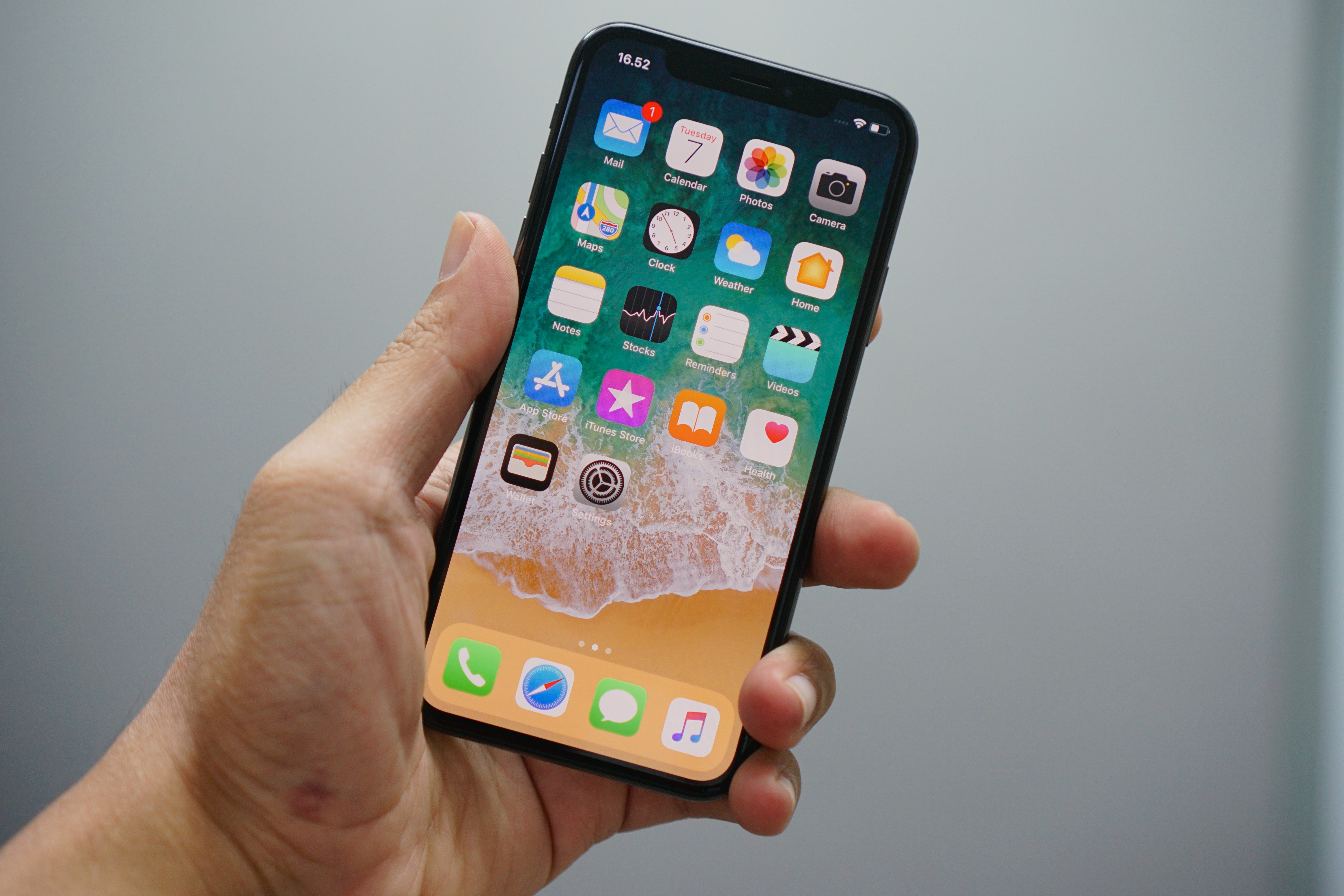
A good way to measure depreciation with used devices is to look at what retailers will pay to buy back ‘new’ devices through trade-in schemes. A 2020 survey looked at 310 device trade-ins, monitoring the prices offered by different vendors each hour across a 12-month period. Apple devices lost 22.35% of their original value within 12 months on average, while Samsung devices lost 33.46% in the same 12-month period. If you look at specific models, the iPhone SE 2020, Apple’s most affordable model, lost an average of 38.32% of its resale price in the first eight months, while the iPhone 11 Pro Max lost 32.22% of its value in the 9 months following its release. The bottom line? The older the model, the less it was worth at trade-in.
Here at MyVoucherCodes, we’ve written an in-depth guide to buying refurbished technology designed to help you find out more about what it’s like to buy second-hand devices. If you want to take a deeper look at what counts as refurbished, the refurbished grading system, what kind of devices are available, what to watch out for when you’re shopping, and how to get the best deals, give it a read to get up to speed with one of tech’s fastest-growing markets.
How can I get the best price on the last iPhone?
Whether you’re buying old or new, depreciation and new model releases can both help bring bigger price drops. If you want the best deals, our advice is to wait for new models to be released and then look at the prices for previous models. For example, start shopping for the iPhone 14 when the iPhone 15 has been released. If you aim for older handsets (e.g. a 2019 iPhone 14 versus a 2020 model), you’ll get an even better price for it.
Keep in mind that although prices drop the longer iPhones have been out, models that don’t run the latest operating systems won’t work with current apps. iOS 15 launched in 2021 and is compatible with models as old as the iPhone 6 (2015), meaning any models made as far back as 2015 are still usable at the time of writing.
As such, you can pick up phones for up to 90% less than their starting price if you’re willing to opt for something less recent. However, the older your phone, the sooner it will be made obsolete by new software updates or subsequent models. It’s worth considering staying a model or two ahead to guarantee good mileage from your device.
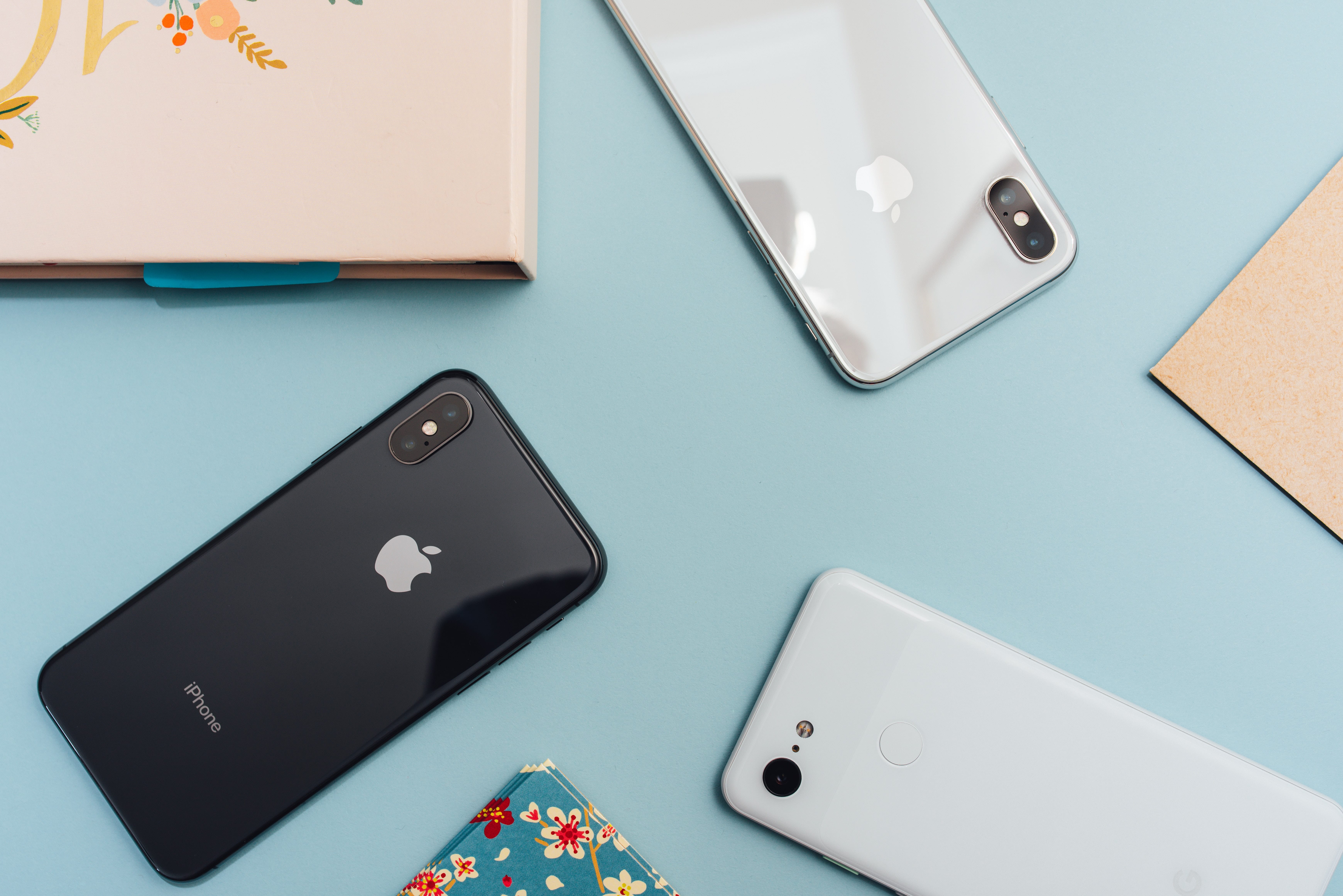
Another factor that’s worth bearing in mind if you want to save on an iPhone is sales & promotions. A 2022 survey of 2,000 Brits looked into the reasons why people choose to upgrade their phones. The most popular reason for changing devices was lower device or plan cost (51.2%). Promotional bundles (26.6%) and cashback deals (21.5%) were also popular. Only 22.3% of respondents upgraded for more innovative hardware, while just 13.1% chose to do so for sustainability or recycling scheme reasons.
As the survey suggests, retailers offer a number of ways to save on selected devices throughout the year. Price drops can come from cashback deals, trade-in offers, contract-related discounts and general sales, so getting the best price is often a matter of being savvy with your search.
Retailers tend to run deals on devices around key seasons such as New Year, Christmas & Black Friday, but you can also find promotional discounts from tech retailers around the release of new models. Shopping around product releases & seasonal holidays means you can catch limited-time offers on older stock, especially if they end up in clearance sections.
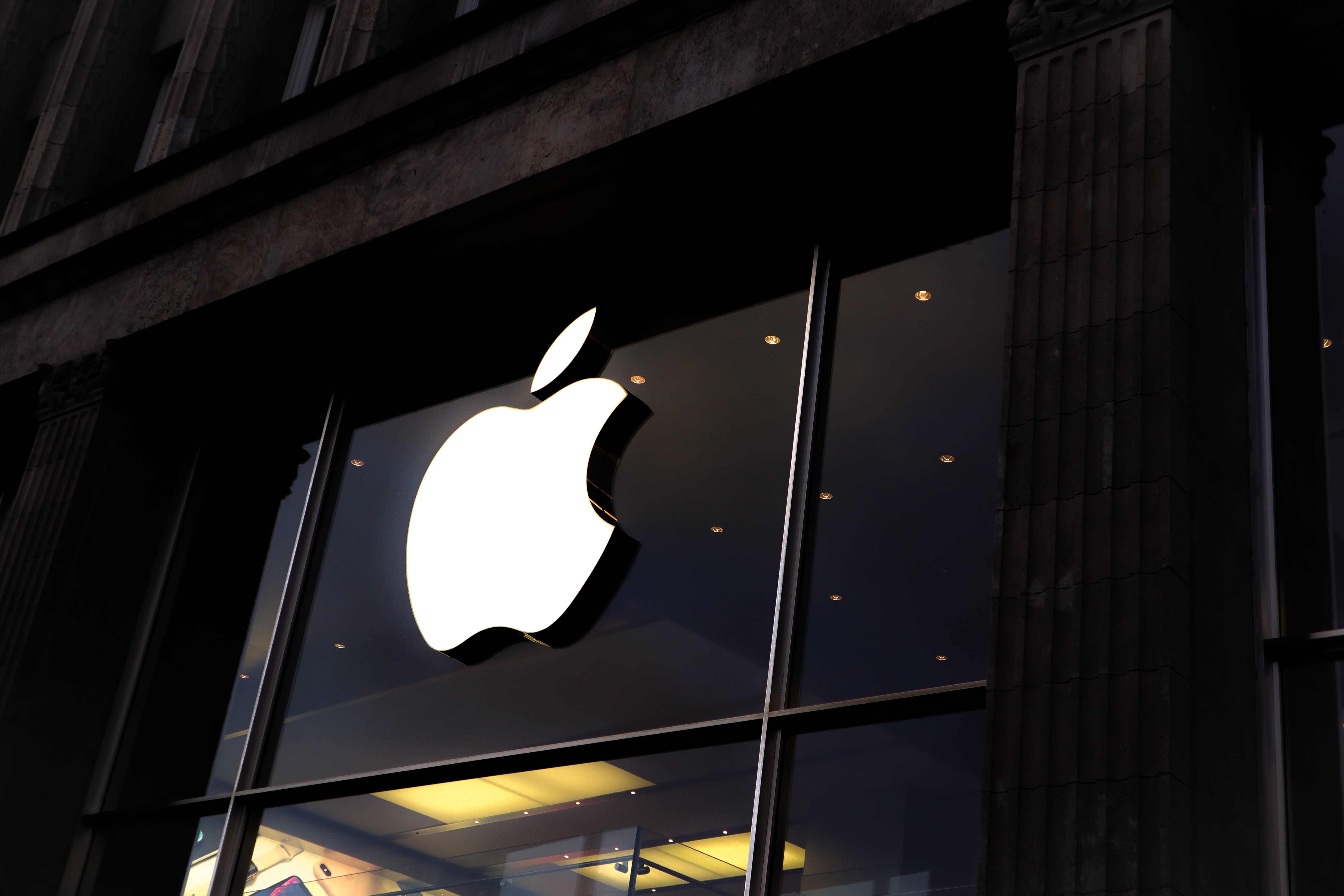
Apple generally holds an iPhone event in September, and tends to announce new models then. Watch out for news at this time of year, and wait until a device has been out for a year to get up to 40% off the price.
So if you’re thinking of investing in an Apple smartphone, whether that’s the iPhone 14, something a little less recent, or the next brand new handset, make sure to bear older & newer models in mind and plan your purchase around announcements & release dates. You can also save money by considering used or refurbished devices, with savings growing as devices get older.
Finally, keep your eyes peeled for seasonal sales and clearance deals, especially around release dates. Combine all these tips to save up to 80% on the launch price of recent iPhone models and bag yourself a bargain to remember.
I’m Harry, the tech editor, and I started working at MyVoucherCodes in March 2022. When I’m not writing about retailers, I spend my time listening to music and podcasts, playing guitar in a band and writing music reviews. I’m also a fan of long walks, reading new books, kicking back in front of the Xbox and discovering new places.
